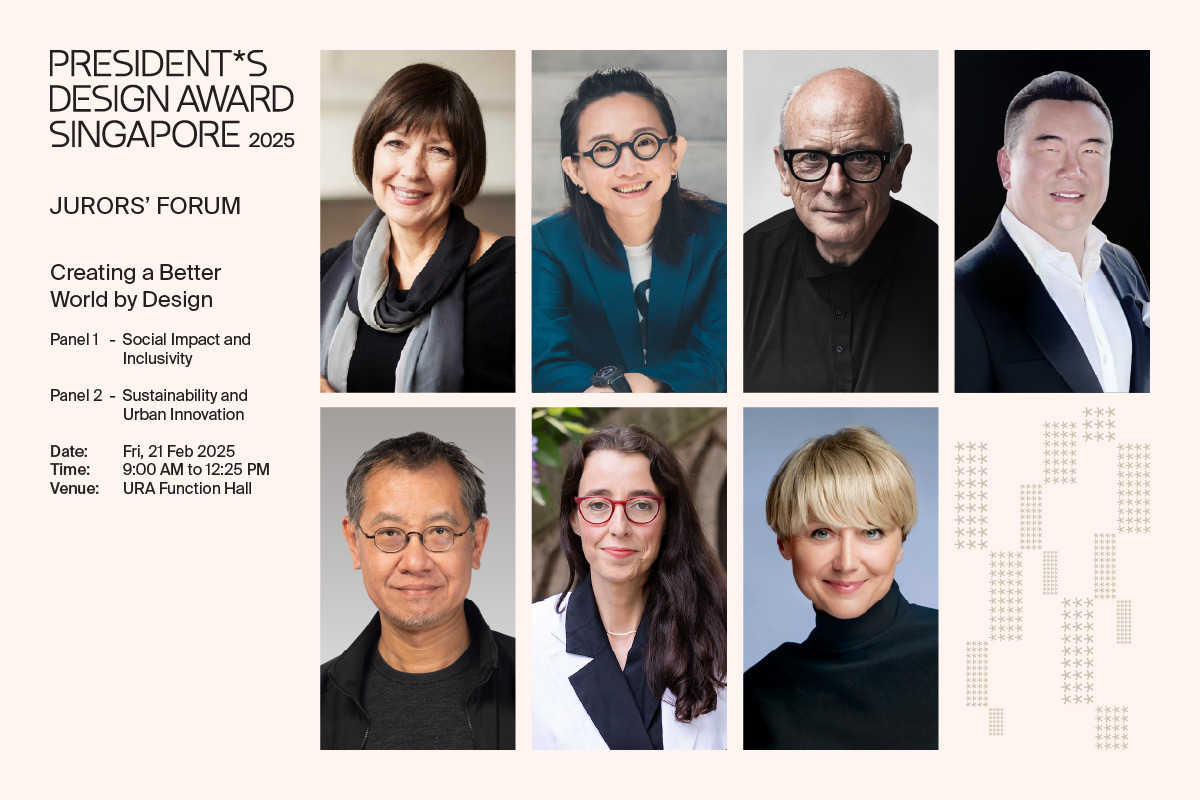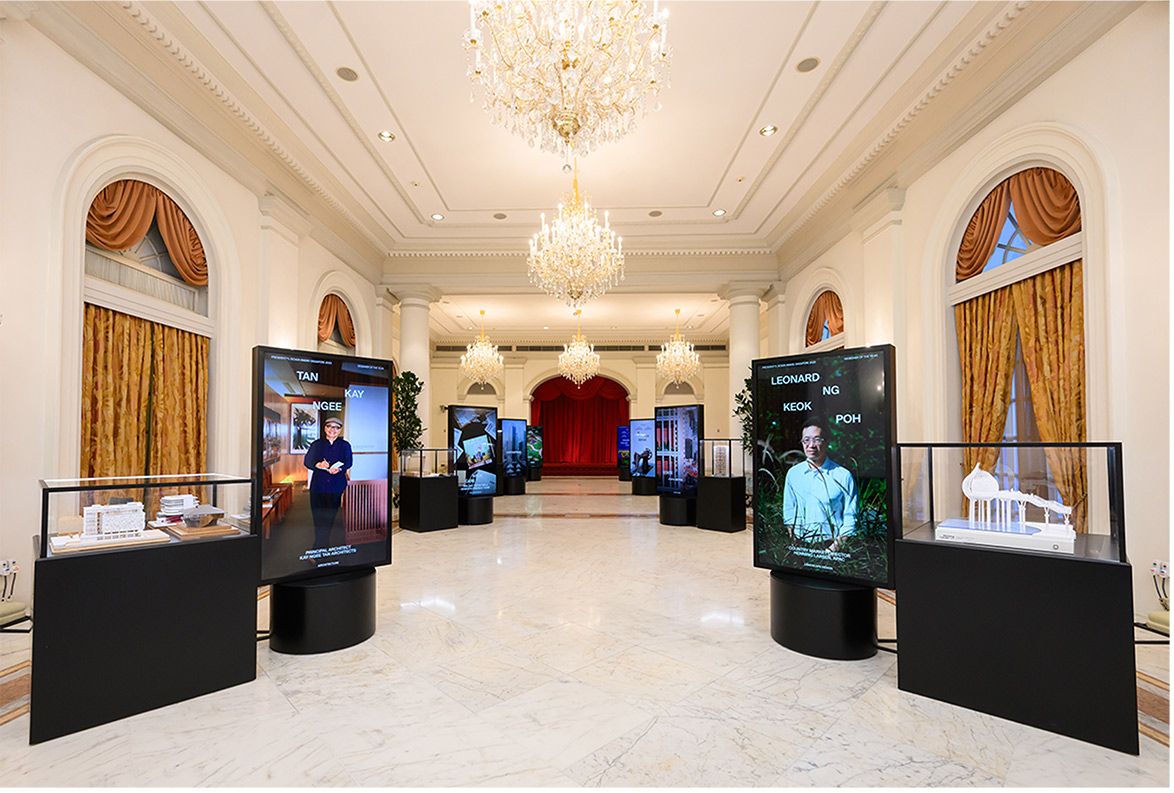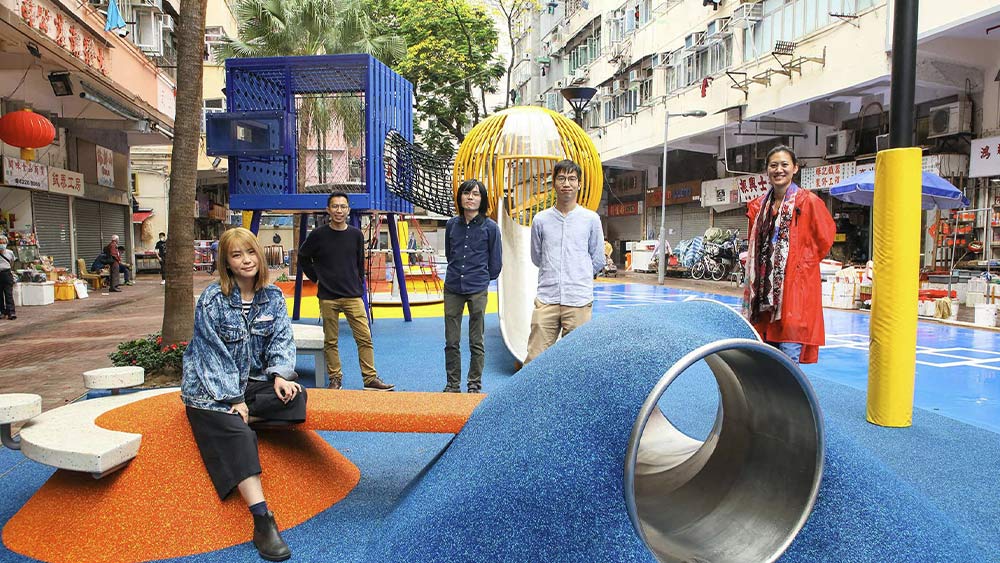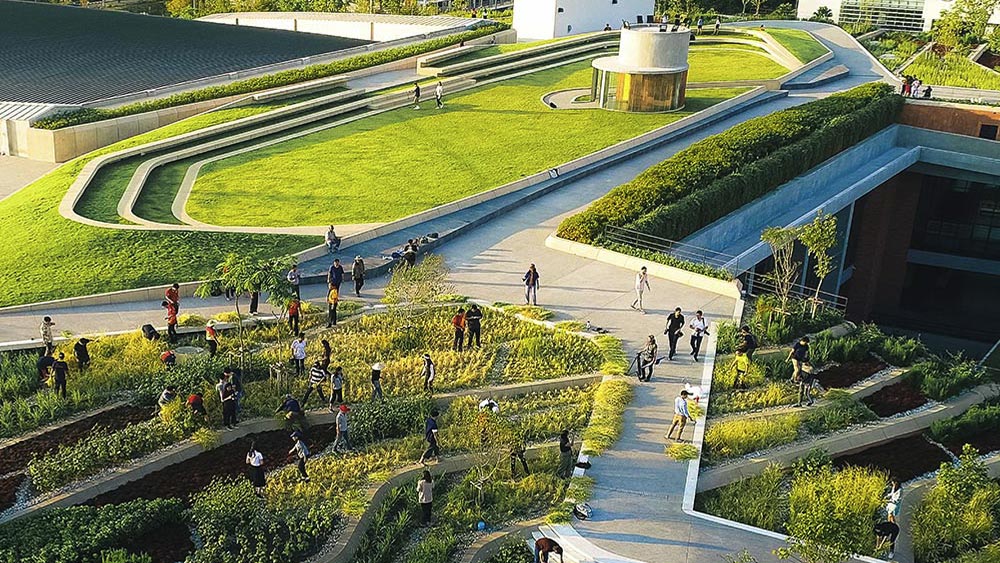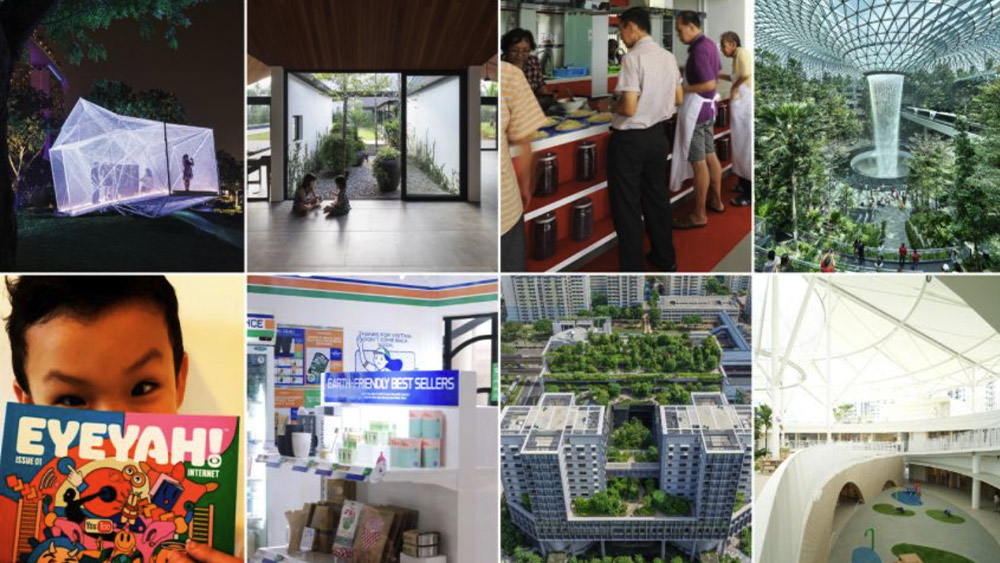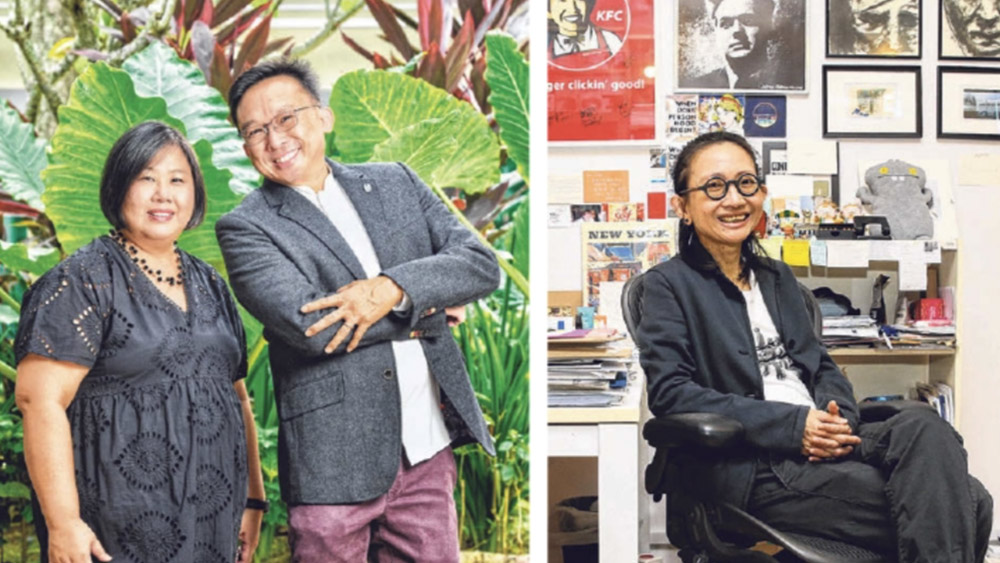P*DA Lunchtime Talk: HumanCity with architect Khoo Peng Beng
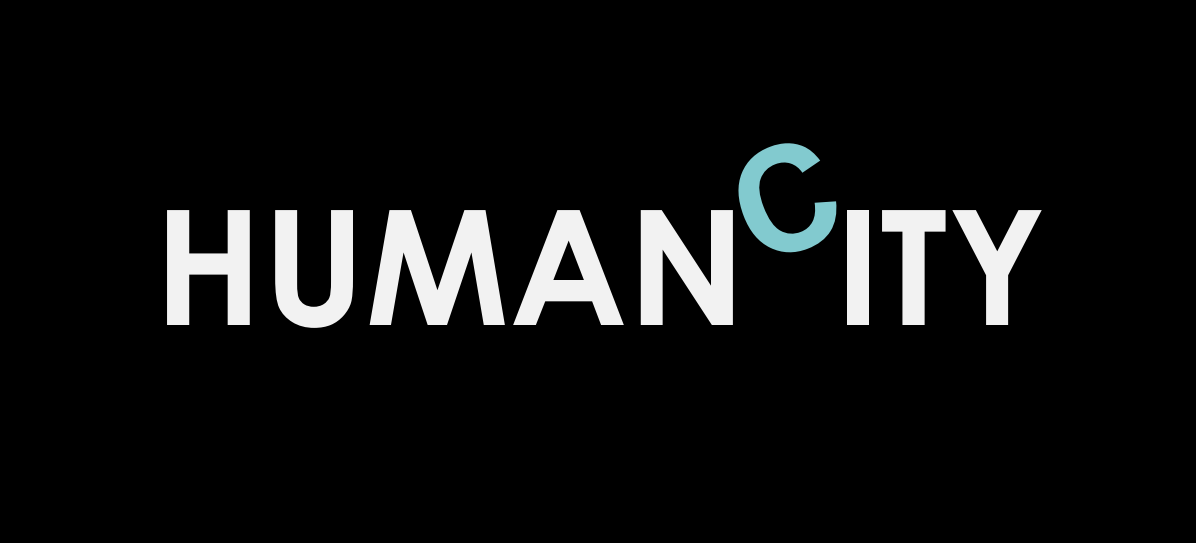
It’s by design that we can actually dream, think, expand and re-imagine.”
Khoo Peng Beng of Arc Studio + Urbanism is not afraid to think big and to think global. The architect, a three-time winner of the President*s Design Award for the 1000 Singapores project, The Pinnacle@Duxton and The Tembusu, gave an insightful talk on 18 June 2019 at the Fusionopolis Genexis Theatre lounge. The title of the talk was “HumanCity”, a play on the words Humanity and City. If you had expected a talk by an architect to be all about buildings and blueprints, you’d be pleasantly surprised. Instead, Peng Beng spoke on wide-ranging topics that looked at the big picture of humanity’s place on this fragile Earth, and explored how design could help us find a safe way into the future. He talked about design not just in architecture, but also finance, infrastructure, and a range of other systems.
Here are some of the most compelling ideas he presented:
1. Design and Planet Earth
– “We want to hopefully design for my children and my children’s children and your children’s children.” Peng Beng placed design in the context of the Anthropocene, the current period of Earth’s history, in which humans have had a massive impact on the planet: “In the next 30 years, we could either rupture our Earth, or … design our way into a safe Anthropocene.”
– “I was climbing the Annapurna mountain, and there was this beautiful gorge in front of us, but none of us were looking at this beauty because we were so afraid of falling.” With this story, Peng Beng expressed how we as humans can be so engrossed in daily life that we forget to look at the bigger picture.
2. Singapore as a Laboratory
– Why is Singapore important? It can be a laboratory for the world’s urban futures. Peng Beng thinks that with careful and thoughtful design, we could sustainably house the whole world in 1000 Singapores. “Whatever you’re doing here, if it works in Singapore, multiply that by a thousand times, it could possibly be a solution for the world.”
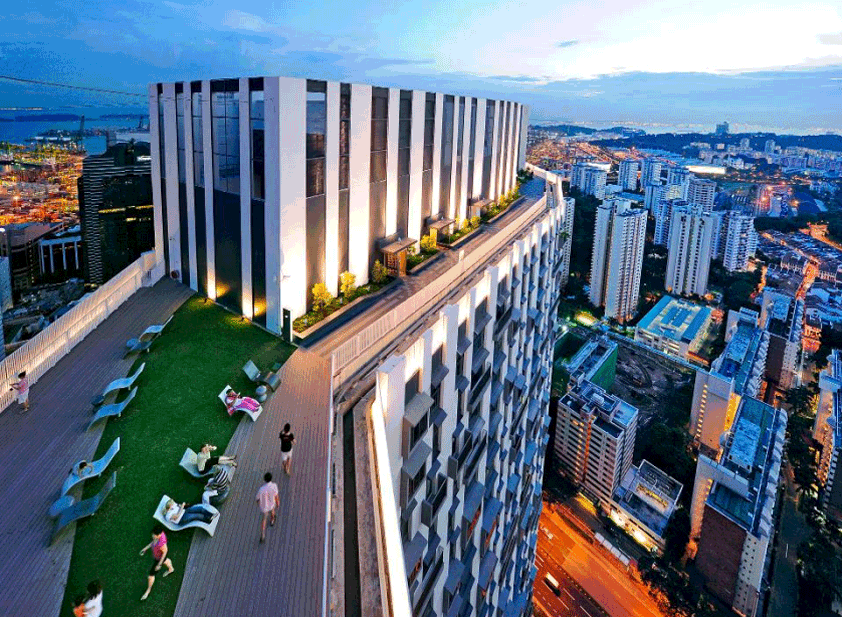
– Peng Beng puts his philosophy into practice – The Pinnacle@Duxton (pictured above) is an experiment in superdensity, with a residential density three times of HDB blocks of similar size. Yet it feels lower in density because of design features, like sky gardens and sky bridges – “community spaces in the air”.
– By designing for superdensity, we might be able to house the entire population of Singapore in one long, skinny building along the MRT line.
3. The Search for Meaning
– Singaporeans today are no longer so hung up on material acquisition, but are looking to find meaning in self-expression, creation, and giving back to the community. “In the next 20 or 30 years, the government would really have to change the rhetoric from ‘we have very nice buildings for you, we have nice malls for you’ … [to] how you can help people to express themselves.
– Peng Beng and his design team at arc studio find meaning from all areas of life – they draw inspiration from Bach, biology, Escher, and even popular cultural references (for example, movies such as The Matrix have influenced his thinking).
4. The Next Design Frontier: Affordability
– Peng Beng posed a challenge to designers: how can we make good design affordable for more people, including those in developing countries? “How do we make housing for everyone? Food for everyone, education for everyone, and to give a voice to the people who don’t have a voice at the moment? How do we use less to create more?”
– Peng Beng discussed some of the philanthropic projects he has worked on, such as with hill tribes. He talked about how little money goes into the philanthropic sector and called for more “financial design” to encourage more “impact investment”.
+++
The talk was followed by a lively Question & Answer session. Audience members asked questions about the role of greenery, the challenges of high-density housing, and the process of coming up with design ideas. Peng Beng’s responses to these questions included the following highlights:
– “We try to blur the boundaries. After a while, architecture becomes nature. We may think that cities are man-made and nature is nature, but actually we are all nature.”
– Designers must be sensitive to cultural nuances. Peng Beng related a story about a designer who saw African women carrying water in containers balanced on their heads, and invented a barrel that they could pull along. But what the designer failed to realize was that the ability of women to balance loads with poise gave these women value in the eyes of others, including potential marriage partners! The story shows the need for cultural sensitivity in design, and illustrates that the context of “traditional” approaches must first be understood before implementing interventions.
– “The thing about development is that … you start to become very sentimental about what works, and also a little bit fearful of doing something that may not work. So, after a while, you get slower and slower in the way you innovate, because … you think that to go into the future is to keep doing the same things that work. But … there’s a time limit to what works and what doesn’t work.”
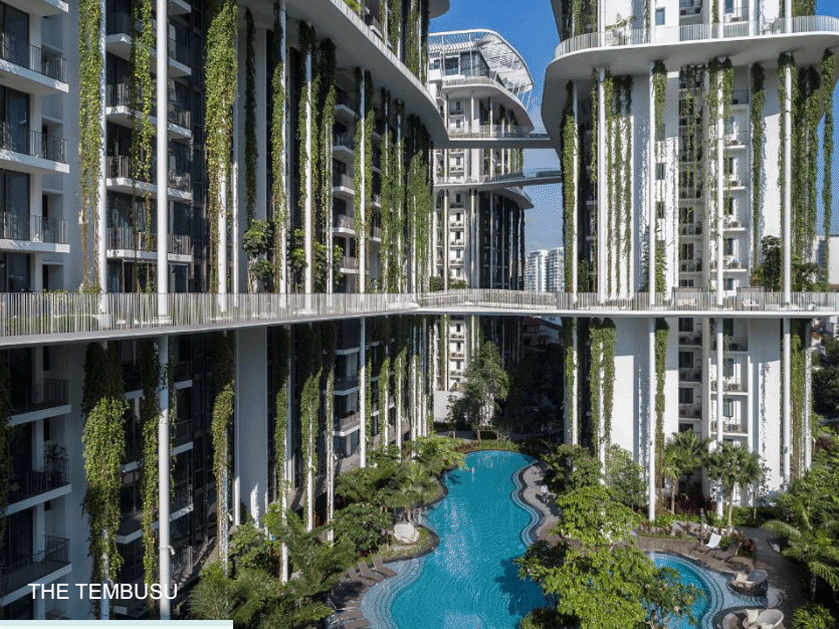
+++
In an interview after the talk, Peng Beng shared more insights.
Q: What are the main points you would like us to take away from your talk?
Peng Beng: To see design working in many different fields… architecture, urban design, sustainable financing, economic models. We must start having a more global way of looking at resources that are not nation based. For example, if you build a soft drink factory and tear down 10 acres of forest, the function of that forest is gone. You didn’t price for the damage that you’ve done. It’s a global problem.
Q: What is a solution to these problems, or at least a step in the right direction?
Peng Beng: First, people have got to see. Because right now, they don’t even see, they don’t understand. So my job is partly to help people see, then you have to decide on your own, in your field, what you wish to do.
Q: What about for you, in your field of architecture? What do you wish to do?
Peng Beng: Using less to do more. That is our core philosophy. And of course, bringing beauty. We cannot just make everything functional, but forget about beauty.
+++
This talk is part of our one-year travelling exhibition programme, which made its final stop at Fusionopolis. Featuring the 11 recipients of the President*s Design Award 2018, this multimedia exhibition reveals the thinking, planning, processes and outcomes of this cycle’s winning works through video interviews, stories and photo montages. The exhibition comes to life in a series of glowing panels that fan out like a Japanese folding screen, a work of beautiful design in itself.
For more information on the exhibition, click here.
Article written by Julian Lim.
